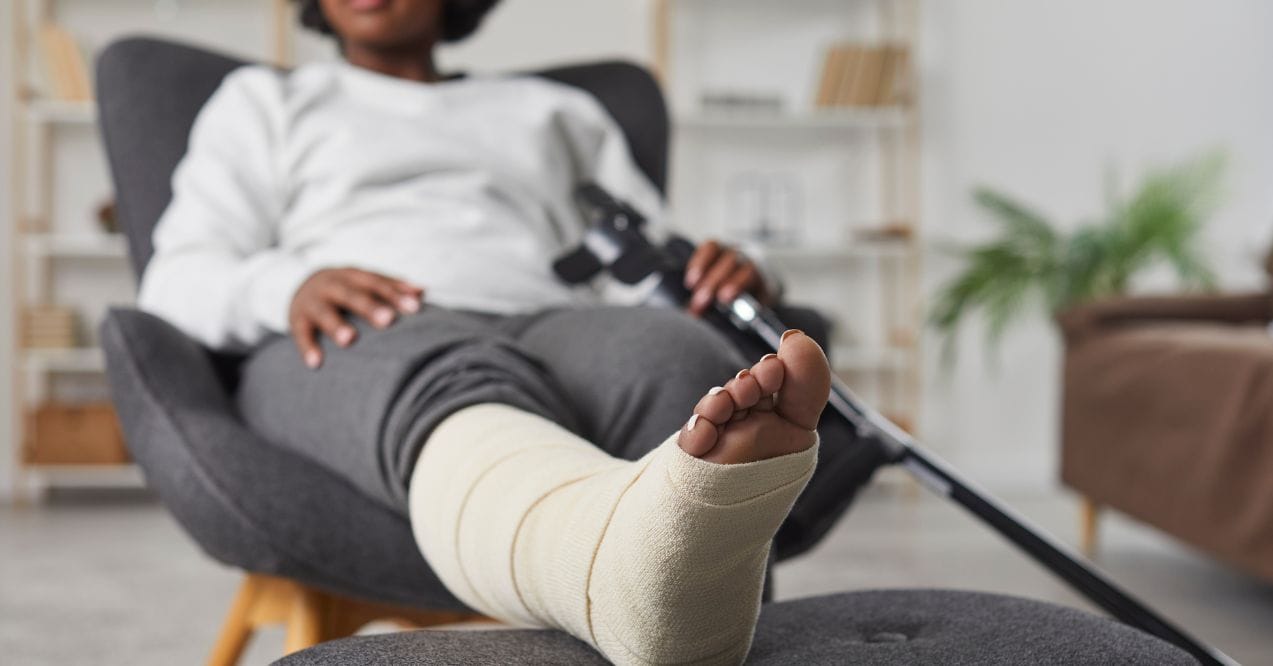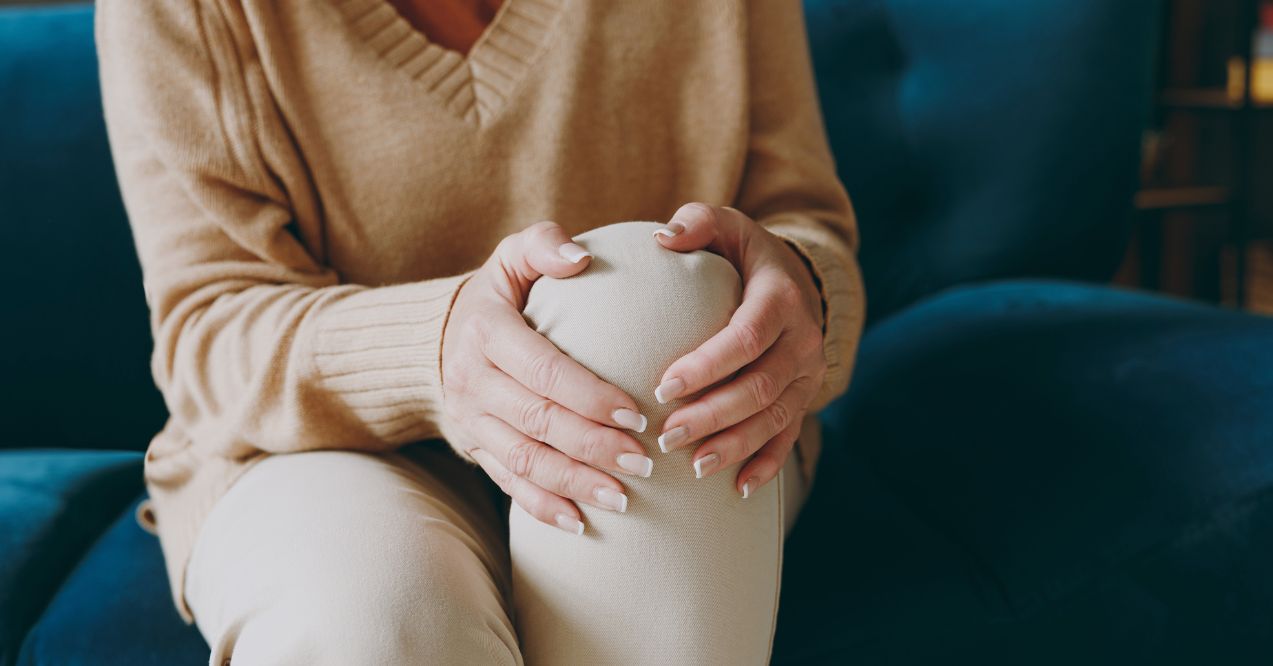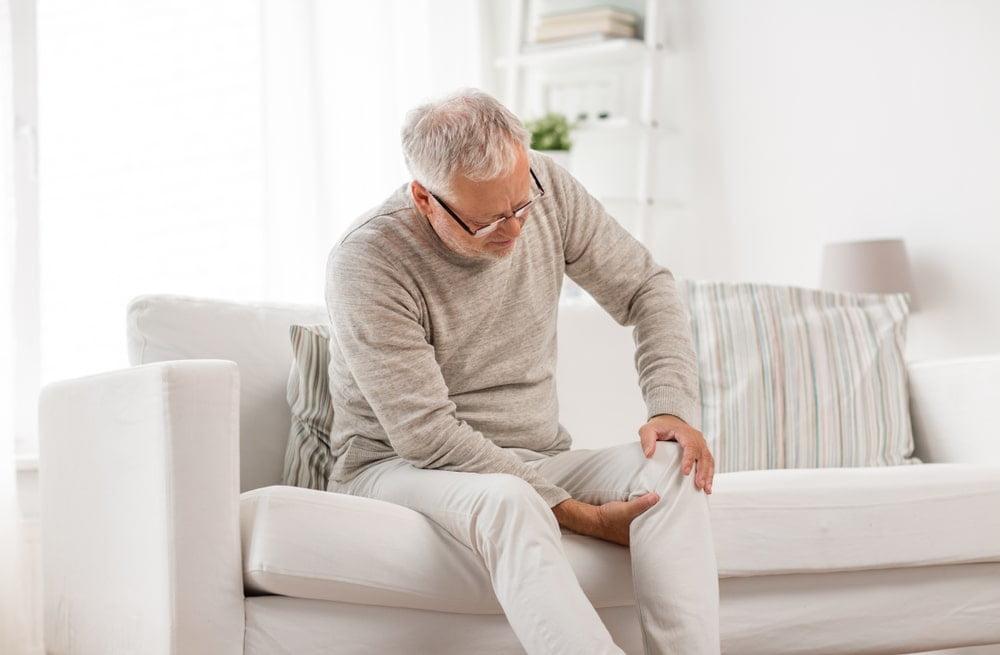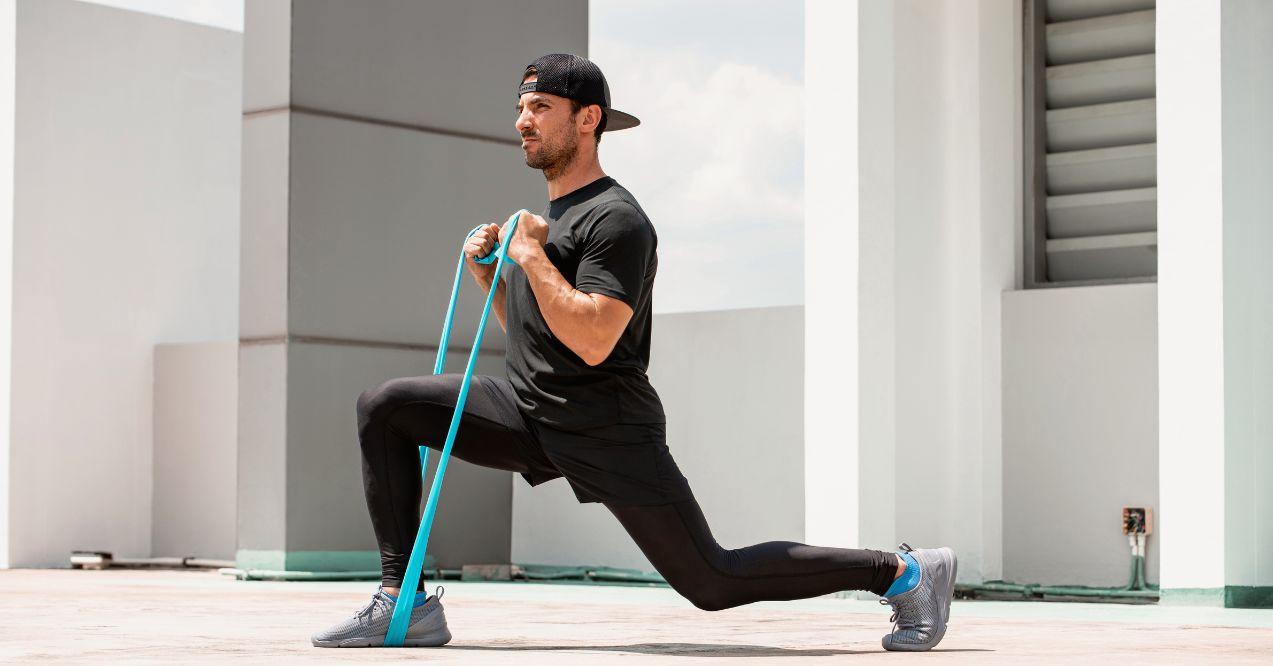How to Prevent Arthritis in Feet?
Medically reviewed by our experts
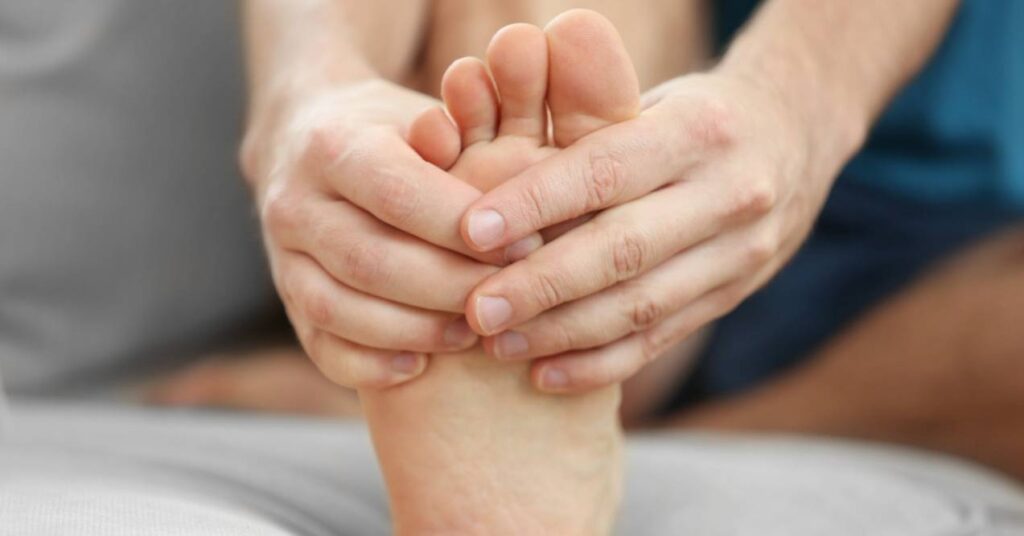

Arthritis in the feet affects many U.S. adults and can significantly reduce quality of life by impacting physical and psychological well-being. Since the feet bear the body’s weight and facilitate daily activities, learning how to prevent arthritis in feet is essential for maintaining mobility and overall health.
Walking difficulties due to foot arthritis can severely limit working capabilities, making it hard to walk from parking lots to offices or climb stairs. Maintaining foot health is crucial for unrestricted movement.
By understanding the different types of arthritis and taking proactive steps, you can promote joint health and slow the progression of the disease. Read on for effective strategies to prevent arthritis in your feet.
What Is Foot Arthritis?
Foot arthritis is a chronic disorder typified by joint degeneration and inflammation. It severely impacts the foot joints, resulting in a limited range of movement, stiffness, and persistent pain. It may stem from numerous drives like underlying medical conditions, wear and tear, or injuries. The foot joints are intricate organs that absorb the body’s weight and bear persistent impact during routine events like running, standing, or walking.
The persistent impact of repetitive stress gradually erodes the cartilage in feet as individuals age. This protective and smooth tissue reinforcing the joints becomes weaker over time. Its deterioration causes the bones to grind against each other, triggering swelling, discomfort, and stiffness. These syndromes can severely hamper or restrict an individual’s ability to move freely. Understanding this movement impairment and adopting proactive approaches to handle its progression is vital.
Forms of Arthritis in Feet
Understanding the specific types of arthritis affecting the feet is crucial for developing an effective, personalized management plan tailored to individual needs.
Osteoarthritis is a common form that results from the gradual breakdown of cartilage due to wear and tear over time. It often affects weight-bearing joints in the feet, including the midfoot area, big toes, or ankle joints.
Rheumatoid arthritis is an autoimmune condition that leads to joint inflammation. It is characterized by cycles of remission and flare-ups, where symptoms can worsen or improve temporarily.
Gout, another type of arthritis, occurs when uric acid crystals accumulate in the joints, leading to intense and sudden joint pain, particularly in the big toe.
Knee Joint Composition
If you’re also interested in the knee joint composition, it primarily consists of the patella, tibia, and femur bones. These bones allow movements such as rotation, extension, and flexion. Ligaments connect these bones, while tendons attach muscles to them. Cartilage degradation in this area can cause swelling and pain, impacting movement.
How to Prevent Arthritis in Feet? 4 Tips
While some vulnerabilities, like genetics or age, might have less control, there are specific solutions people can adopt to mitigate toe arthritis from developing or minimize its likelihood. Below are some proactive measures you can incorporate to prevent this condition.
1. Wear Supportive Shoes

Wearing suitable footgear is essential for preventing arthritis and improving your foot health. Well-fitting shoes with supportive arch cushioning and backing can be beneficial in dispensing weight evenly, alleviating strain on the joints. It enhances overall alignment and posture, further lessening joint tension.
Ill-fitting or unsupportive footwear can trigger the formation of foot arthritis by excessively straining joints. After some years, it can limit your movement by elevating joint damage, making it crucial to prioritize supportive shoes. Considering any existing foot deformities or conditions, you can rely on proficient footwear fitters for suitable shoes to keep your feet healthy.
2. Exercise

Routine exercise is a significant component of mitigating arthritis and maintaining your joints’ health. Low-impact workouts like walking, cycling, or swimming can help promote range of motion and flexibility while firming the muscles adjacent to the joints. Encompassing strength training activities in your routine assists in maintaining and developing strong muscles to support your joints.
These workouts can alleviate underlying symptoms by lessening inflammation and enhancing joint mobility. They can assist in preventing and mitigating arthritis. However, engaging a physical therapist or healthcare specialist is vital to establishing a workout schedule customized to your specific limitations and needs.
3. Stretch Your Feet
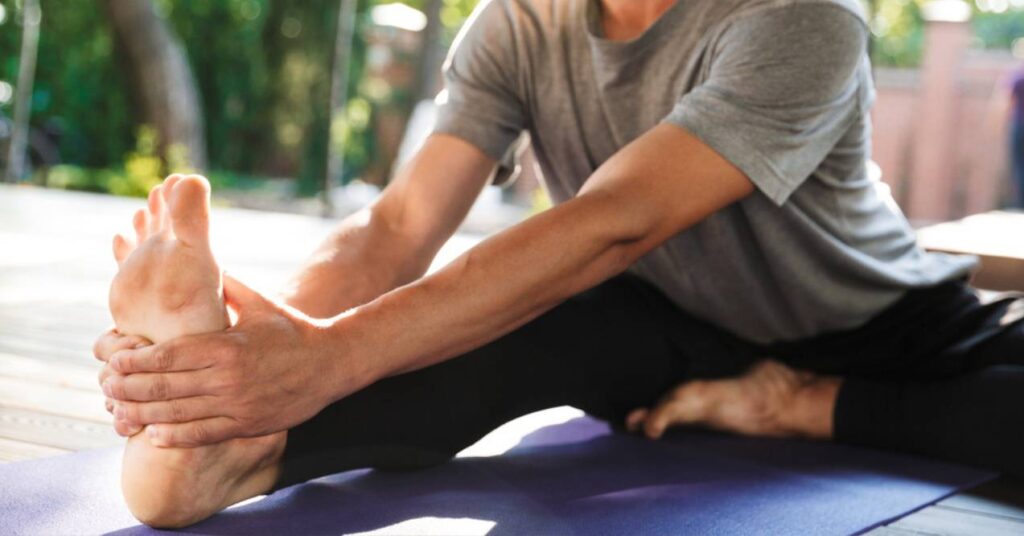
Stretching workouts explicitly targeting the ankles and feet can be valuable in preventing stiffness and maintaining flexibility. Try adapting exercises like calf stretches, toe raises, or ankle circles in your daily schedules.
Routine stretching can promote overall mobility, minimize muscle tension, and enhance joint scope of motion. It can also help avoid further joint deformities and damages, making it a crucial aspect of a practical prevention approach to foot arthritis.
4. Go to Physical Therapy

Engaging a physical therapist can aid in mitigating and handling foot arthritis. A specialist can examine your situation, educate you on suitable techniques for activities that alleviate joint strain, and offer personalized exercises. They can advise on the best strategies on how to sit with sacroiliac (SI) joint pain, like placing a cushion or towel between the chair and your lower back for good support and maintaining the spine’s normal curve.
A therapist may offer directives on steps to improve joint health with approaches like getting sufficient sleep, drinking adequate water, eating healthier foods, or taking appropriate supplements for bone and joint health. They can recommend suitable body posture and mechanics to prevent further joint weakening and alleviate strain on your feet. They will advise you on orthotics or assistive devices to protect and support your feet when undertaking various activities.
What Are the Risks of Arthritis in the Feet?
Poorly addressing and managing arthritis in feet can result in numerous complications that could limit mobility and quality of life. Long-term inflammation and swelling in feet can restrict movements, making undertaking physical activities and performing routine chores problematic. Inactiveness can worsen joint stiffness and muscle functionality, forming a cycle that may exacerbate arthritis. Early addressing this condition and following a comprehensive management plan are essential for independence, mobility, foot health, and mitigating related risks.
Besides, foot arthritis can trigger the development of deformities like hammertoes or bunions, which can impair foot function and exacerbate discomfort. These deformities can augment the vulnerability of sores formation or swelling. Foot arthritis causes movement challenges, particularly for people with poor circulation or an imbalance of sugar levels. Individuals with this condition are vulnerable to injuries and falls, especially those with balance issues or elderly persons.
Final Thoughts
Preventing arthritis in the feet is essential for maintaining mobility and overall health, especially given the significant impact foot arthritis can have on daily activities. Key preventive measures include wearing supportive shoes to alleviate joint strain, engaging in regular low-impact exercises to maintain flexibility and strengthen muscles, and incorporating targeted stretching routines to prevent stiffness.
Additionally, consulting a physical therapist can provide personalized strategies for joint health, including posture improvements and appropriate use of assistive devices. By proactively addressing foot health through these measures, you can reduce the risk of developing arthritis and improve your quality of life, ensuring that your feet remain strong and functional.
Routine, non-strenuous walking can be advantageous for people with foot arthritis. It helps maintain robust and healthy muscles, facilitates joint mobility and flexibility, and eases overall body conditioning.
Incorporating numerous proactive home therapies, such as adopting stretching routines or gentle exercises explicitly for flexibility and always wearing shoes that offer ample cushioning and support, can help enhance foot comfort.
Regular activities can negatively impact the bones in the foot. Exerting pressure or weight on the feet, as well as extended periods of rest, can trigger painful episodes. Some individuals may experience such episodes in cold weather or after consuming certain foods.




